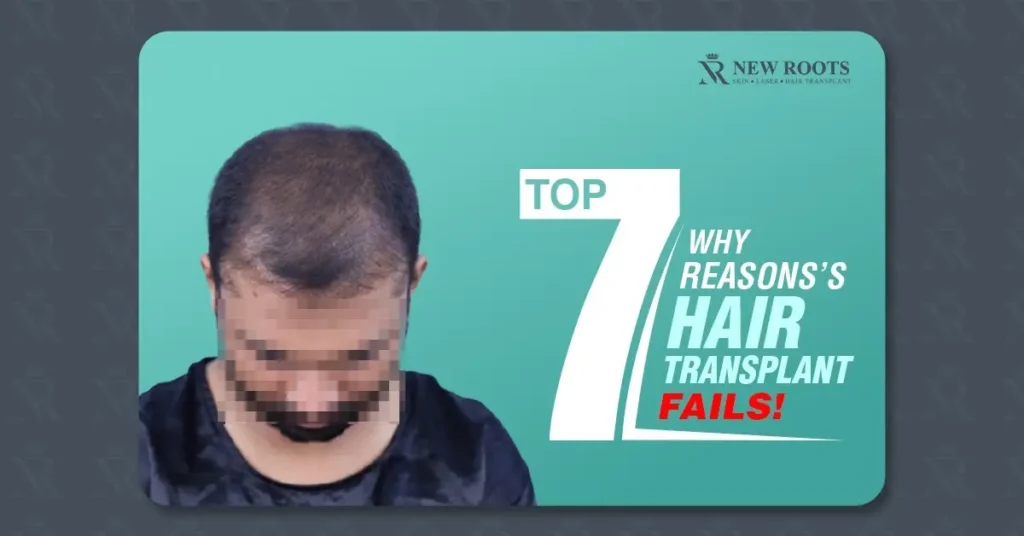Introduction
Hair transplants are gradually accepted as the more and more efficient means of aesthetic correction among people who have posterity of thinning hair or baldness.
However, despite the growing popularity of this procedure, many people remain concerned about the potential risks involved, leading to the pressing question: Why Hair Transplants Fail?
In this extensive piece, we will uncover the 7 primary reasons for hair transplant failure. The statistical nature of failure solutions when things go wrong and how you can avoid a hair transplant disaster.
Table of Contents
Know about Hair Transplant: How it helps in Hair Restoration
Hair transplants are the relocation of hair follicles from a particular place on the head to a region where no hair loss happens and the ability to re-grow the hair. This procedure can help to address balding in a way that looks very organic and natural.
However, as with other hair loss treatments, it comes with its risks. Reducing the perception of a failed hair transplant is made easier if potential patients understand the details of the procedure.
The possibility and even the advisability of hair transplants should, therefore, be told to anyone who seeks them so that he or she knows the pluses and the minuses of the practice.
Many factors can influence the result, including the state of the area where the hair is to be donated, the doctors involved, and the care of the skin after surgery.

What are the 7 factors that cause hair transplants to fail?
Here are the 7 main factors that cause Why Hair Transplants to Fail as Following:
1. Rejection of Hair Transplant Graft
Some patients may fail to go through hair transplant graft acceptance, where the body’s immune system identifies the grafted follicle as a foreign body.
Such can be especially devastating to those with skin diseases such as Lichen Planopilaris (LLP), which causes inflammation along the upper part of hair follicles, hence poor donor hair acceptance.
2. Ineligible Donor Area
It should be noted that any health complications affecting the donor area may also affect the transplant results.
In situations where the tissue quality is lacking or where the patient harbors bloodborne diseases, the follicle is likely to produce an imperfect hold in the recipient area.
Patients must fulfill the age criteria of the ideal candidate, who is generally below sixty-five years.
3. Non-Realistic Expectations
When high expectations are set, patients are likely to feel discontented. The patient should not be promised something that the surgeon cannot deliver; therefore, communication should be steady on realistic expectations.
For example, if a person has had a limited number of hair grafts, some level of density may be unachievable, and where results are not as high, the patient will be disappointed.
4. Failure to observe the necessary post-hair transplant precaution.
There are some general guidelines to follow after hair transplant surgery to enhance the operation's success.
Patients are expected to follow the surgeon’s aftercare advice very strictly. If this is not done, the body becomes more prone to infections and complications, which can lead to hair loss.
5. Inexperienced Clinics
Hiring an inexperienced clinic is one of the major causes of bad hair transplant surgery. Some broad or generic clinics may use crude procedures or are unable to correct source hair gathering and preservation, thus leading to graft loss.
To evaluate a clinic's success rate, surveys of previous clients should be conducted, and changes in their lives, as well as photographs taken before and after a clinic visit, should be considered.
6. Inadequate Blood Supply
One of the critical factors that precede follicular growth at the graft site is adequate blood flow at the site of the transplanted follicles.
Issues such as wrong surgeries or inadequate care after surgery may affect blood flow; in this case, grafts may not survive.
Some of these patients are advised to stop smoking and do other things that may hinder circulation to allow for healing.
7. Poor Surgical Techniques
Furthermore, shoddy surgical methods are a primary reason why hair transplants do not succeed most of the time.
Failure to prepare a proper preoperative plan, wrong harvesting of the donor’s hair, or wrong placement of grafts can cause this.
Hair Transplant Failure Rate: What Percentage Of Hair Transplants Prove To Be Fatal?
The total percentage of defective hair transplantation results is approximately 5-10%, but this percentage includes many factors associated with the hair transplantation methods, not with the surgical procedure.
Hair transplant clinics state an overall success rate of 95–98%, depending on the type of technique used, especially FUE.
| Procedure Type | Success Rate (%) | Failure Rate (%) |
| Follicular Unit Extraction (FUE) | 95-98% | 2-5% |
| Direct Hair Implantation (DHI) | 95-97% | 3-5% |
| Traditional Strip Method | 90-92% | 8-10% |
What Happens if a Hair Transplant Fails?
When hair transplanting fails, patients experience signs such as the formation of a large scar, poor pattern of hair growth, or little development of the transplanted hair.
If less than 70% of the transplanted grafts are viable, the transplantation can be considered a failure, with the main clinical picture being the thinning of the scalp.
Complications That Indicate a Failed Hair Transplant:

Unnatural Direction of Hair Growth:
It is also essential to ensure that transplanted hair should be in the direction of their repulsive hair growth.
It is also essential to ensure that transplanted hair should be in the direction of their repulsive hair growth.
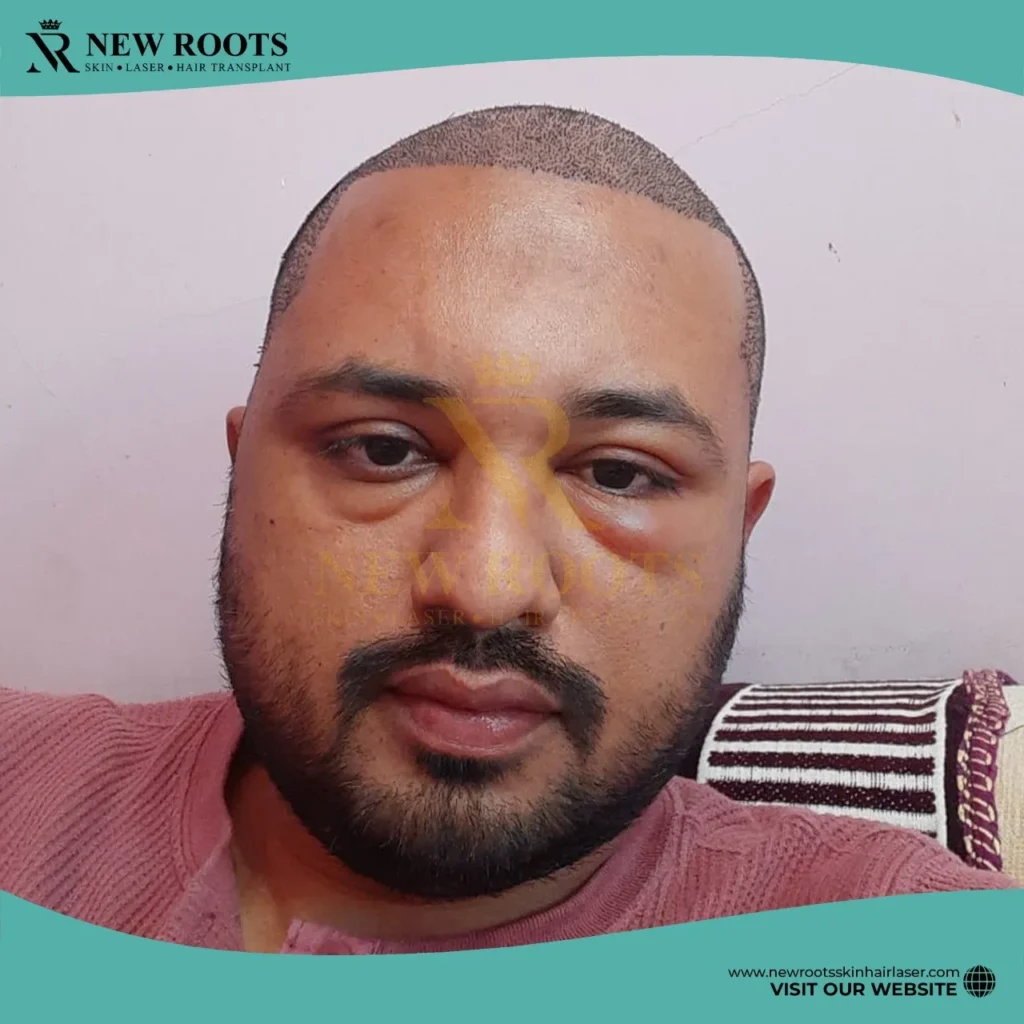
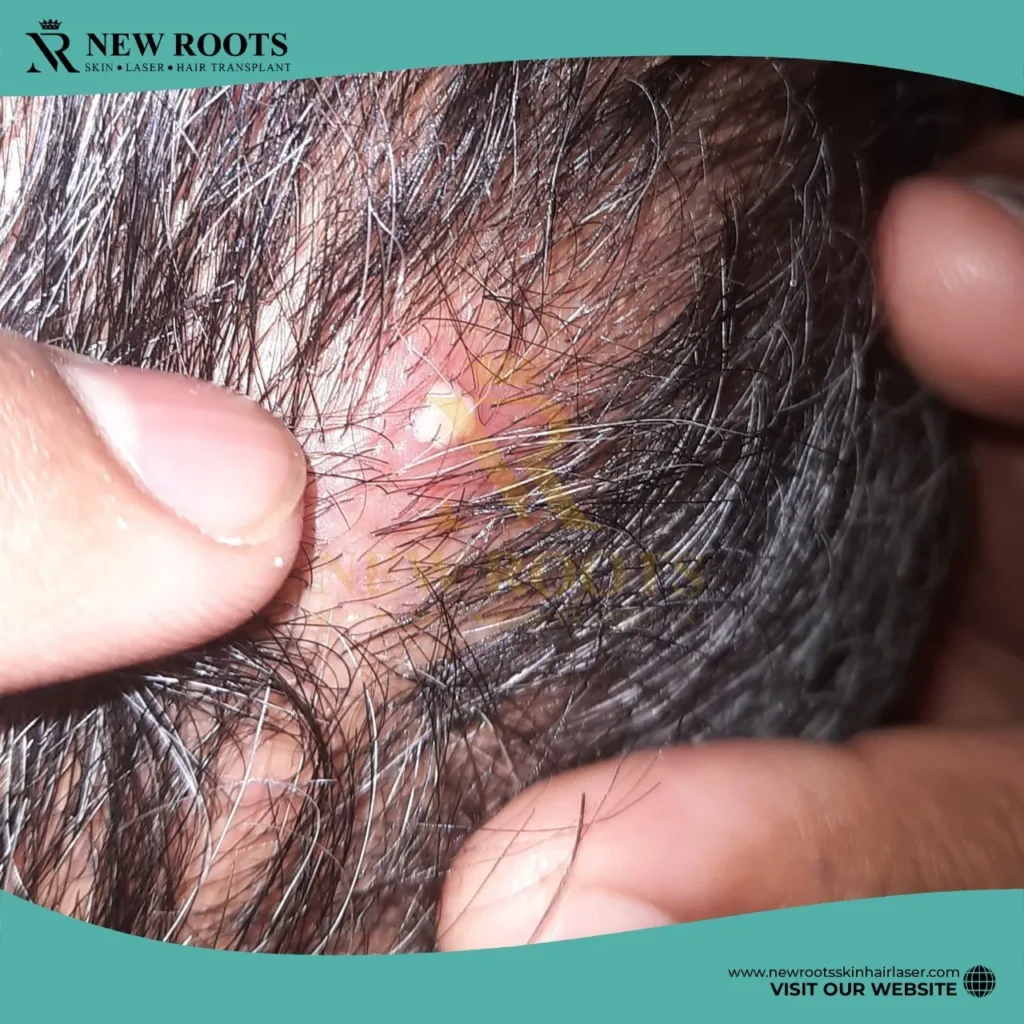
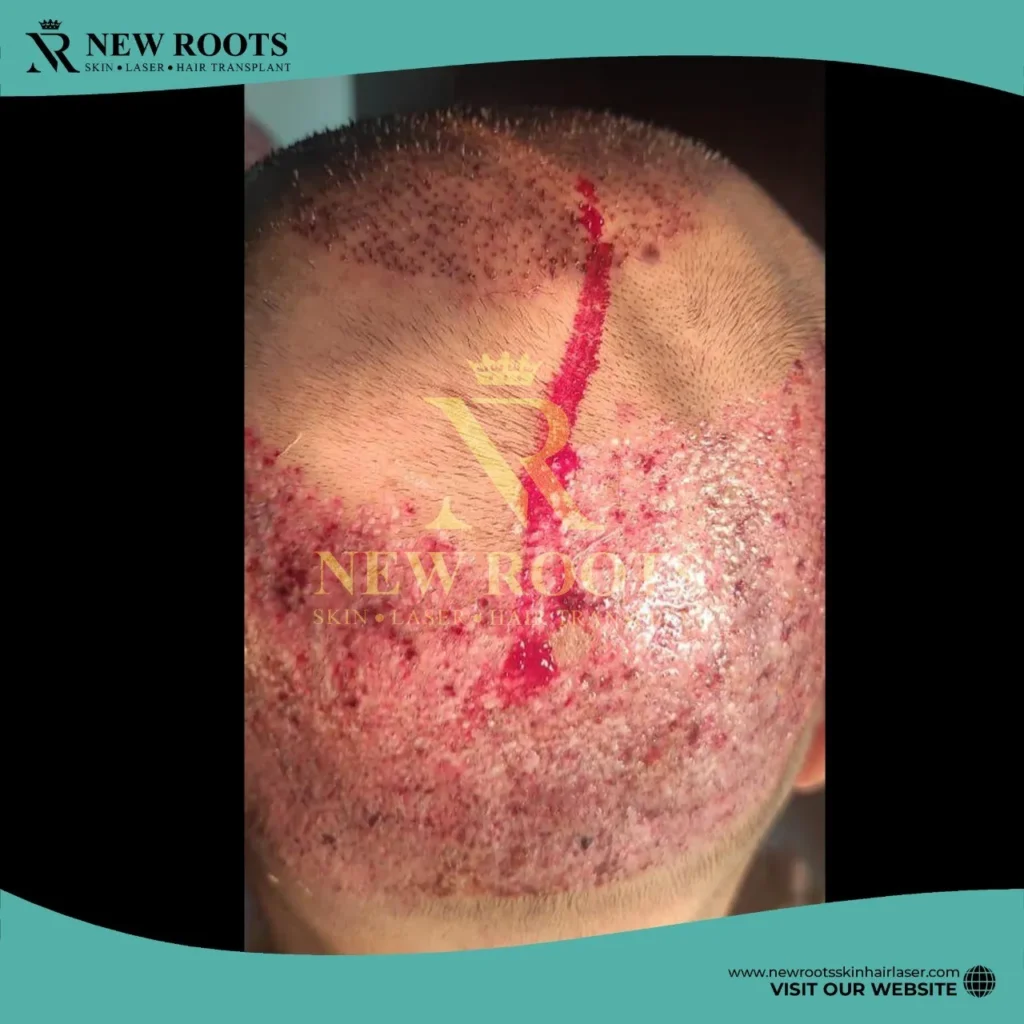
Treatment Options for a Failed Hair Transplant
Should a hair transplant fail, there are several treatment options for a failed hair transplant:
1. Second Hair Transplant
For patients who have enough donor hair left, the previous matters can be corrected by performing the same procedure a second time.
As a result, it is essential for this patient and this surgeon to map out this operation and its aftermath well.
2. PRP Hair Treatments
PRP hair treatments, or platelet-rich plasma treatments, help in hair regrowth and revive hair damaged by bad transplant surgeries.
This method also heals the hair follicle base, thus improving the hair per unit area of the scalp.
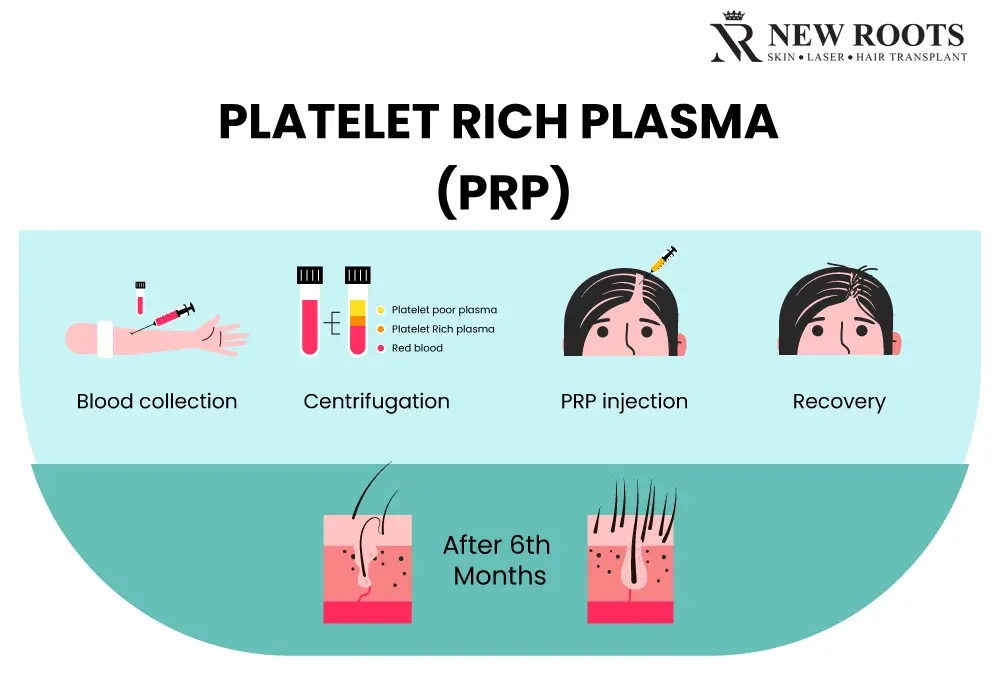
3. Scalp Micropigmentation
Individuals who want some thickness placed should also consider scalp micro pigmentation—this process makes the head look as though it has several healthy follicles.
It can also be helpful in cases of severe hair loss or a bad result from transplant operations.
Why Hair Transplants Fail: Key Reasons 🤔 Hair Transplant in India Solution with New Roots
Hair Transplant Affairs: Introduction
Saying that the first hair transplant did not work, the video presents a patient who decides to get the second one, which was seen three to four years ago.
In-home interview: The patient feels anxious yet looks forward to the procedure at the New Roots clinic.
Some of the causes of failure of hair transplants include:
The outcomes of hair transplant surgeries are highly associated with certain indicators, including patient suitability and hair loss characteristics.
In other cases, such as inadequate donor sites or impulsivity of hair loss, the potential for a transplant to fail becomes all the more high.
Role of the Surgeon
The surgeon’s skill and experience are important; many problems stem from poor design and placement of the hairline, particularly the latter factor since the hairline should correspond to the patient’s particular hair loss pattern.
Sometimes, skin grafts are not stored correctly or are harmed before implantation, which may damage the overall health of the area from which the graft is taken.
The General Importance of Postoperative Care
Mandatory since poor adherence to post-surgery precautions results in transplant failure; patients should adhere strictly to prescribed drugs and vitamins.
Sanitation is important for the patients, as they might develop itching after the surgery. They should not scratch, as that will cause an infection.
Lifestyle Factors
If they want their hair transplant to be effective and for them to recover fast, they need to avoid excessive sunshine without protective clothing, eat right, have proper sleep, and generally have healthy lifestyles, as well as avoid stress.
Patients are advised with regards to their doctor with any queries post-transplant to make the best of the outcomes.
For more information, visit the New Roots YouTube channel New Roots Hair Transplant Center – YouTube
How to Prevent Hair Transplant Failure
There are some critical steps to take to ensure a better chance of a successful hair transplant.
- Choose an Experienced Clinic: Make sure that your clinic has the qualifications to perform the procedure well.
- Engage in Video Consultations: Tribe members talking to their medical teams based on buses for consultations must report their concerns to the team through video consultations and try to build trust with the team.
- Look at Before-and-After Photos: Demand the client references and use before-and-after pictures to determine the percentage of clinics’ successful stories.
- Understand Eligibility: It was found that awareness about non-eligibility criteria based on the quality of the donor area and its age will suffice to avoid unwanted operations.
- Follow post-operative instructions: It is essential to follow the instructions given by your surgeon after the operation; deviations could result in problems.
This paper focuses on clients’ experiences.
This means that patients can get a lot out of just listening to the stories of other patients. Everyday negative experiences and a plurality of negative narratives concentrate on potential failures of hair transplants. Speaking to previous patients or even asking them a few questions may save considerable time.
Learning from Clients’ Experiences
People should always have their feet on the ground.
Adhere strictly to pre- and post-operation checkup prescriptions.
The most important advice is to select a clinic where the staff is qualified to perform the treatment.
Conclusion
The psychosocial payoff of a good hair transplant is significant. However, many patients tend to question why hair transplants are not working or why they fail.
Anyone considering this particular form of artwork must know the answers to these questions.
An increased understanding of the causes of failure, as well as increased involvement in the proper preparation and selection of the appropriate medical teams, will allow one to achieve the results guaranteed by a hair transplant.
Equipped with sufficient information, possible clients will proceed with the hair restoration processes without any doubt.
Q&A ASK :
Some hair transplant procedures are unsuccessful because of poor care of the transplanted hair, poor donor hair quality, and unrealistic expectations from the clinics. These factors aggravate the risks of the procedure, resulting in poor outcomes.
The possibility of hair transplant failure is generally between 2% and 10%, including possible contributions from the surgeon’s skill, the degree of compliance of the individual with hair care instructions, and the quality of the donor’s hair.
Well, sometimes, those hairs can shed or become dormant again after the transplant. If the existing hairs continue to fall out, the characteristics of the new ones become poor blood circulation and inadequate post-transplantation maintenance.
Hair transplants may not work after two years because of unresolved hair loss issues, poor management, and complications from cancer or aging. This only implies that with time, one is likely to be left with very thin hair, hence the need to look at the back of the mirror satisfactorily.
Hair transplant failures are rare, ranging between 2% and 10%. The outcome solely relies on the surgery, the surgeon’s instructions, and the general state of the scalp.
The reasons are multiple, including poor blood flow to the area, the absence of suitable hair in the donor area, a wrong approach by the surgeon, and no proper care taken after the operation. Thirdly, some patients may arrive with unrealistic expectations.
